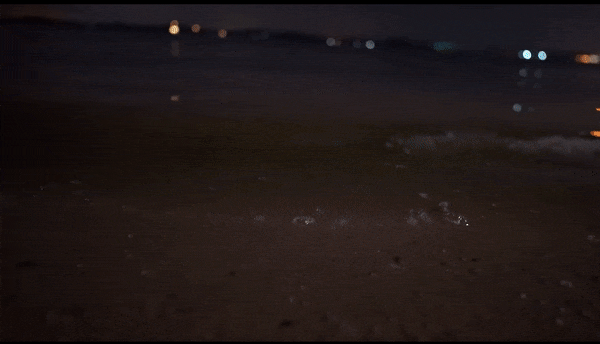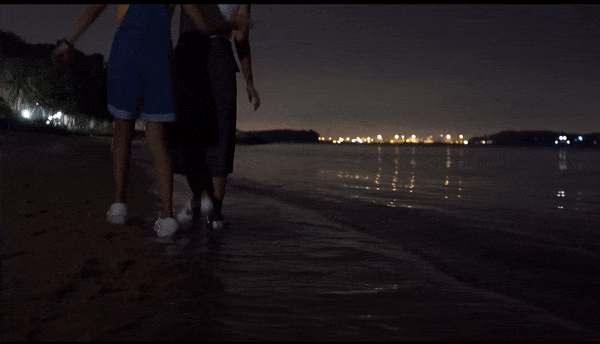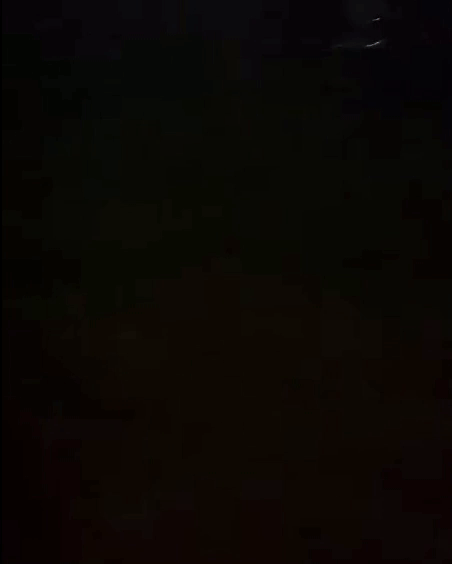Follow us on Telegram for the latest updates: https://t.me/mothershipsg
Blue waves were seen at a beach in Singapore recently by a group of friends who were lucky enough to witness the phenomenon at night.
The strips of bright blue outline the edge of the incoming waves, but they dissipate once the waves crashed on the shore.
Not edited or colour graded
A video of the phenomenon was shared to the Nature Society (Singapore) group on Mar. 22 by Eric Teo.
It has been shared more than 3,300 times in seven hours.
Teo said he and his friends were recording a short film when they noticed that the crashing waves were glowing neon blue.
The footage was not edited or colour graded and the blue glow could be clearly seen with the naked eye.
 Video by Eric Teo.
Video by Eric Teo.
The seawater also flashed blue when disturbed and the friends stomped and splashed happily along the coast, watching the sand and water turn blue in colour.
 Video by Eric Teo.
Video by Eric Teo.
Teo advised against stomping on the blue glow after learning that doing so might kill the microorganisms responsible for the phenomenon.
A cool ripple effect was achieved when a stick was thrown into the water:
 So satisfying. Video by Eric Teo.
So satisfying. Video by Eric Teo.
While Teo did not disclose the location of the beach, one commenter on Reddit said they have seen the same phenomenon at Changi Beach in 2021, advising others to try their luck when the weather is warm.
Here is another video of the glowing waves taken on Mar. 20 at Changi Beach by a different group of friends:
Caused by light-emitting plankton
The phenomenon is created by a type of plankton known as dinoflagellates.
A type of algae, these tiny marine creatures create the bright blue light known as bioluminescence via chemical reaction.
In massive numbers, the effect is visible to the naked eye.
They drift in the sea and are triggered to flash when they sense movement, such as from breaking waves or human disturbance.
While not all dinoflagellates are bioluminescent, it is believed that this unique ability is a defence mechanism, according to a research group in the University of California San Diego.
The flash of electric blue startles the microorganism's predators and give them a chance to escape.
It might also be a trick to attract the attention of a bigger predator to deal with the smaller one.
As dinoflagellates are quite sensitive to the temperature, salinity and nutrient levels of the waters, they only proliferate in a few coastlines in the world that consistently glow.
Why is this happening in Singapore? We spoke to a local researcher to find out more:
Another glow-in-the-dark thing in Singapore
Top images by Eric Teo.
If you like what you read, follow us on Facebook, Instagram, Twitter and Telegram to get the latest updates.

